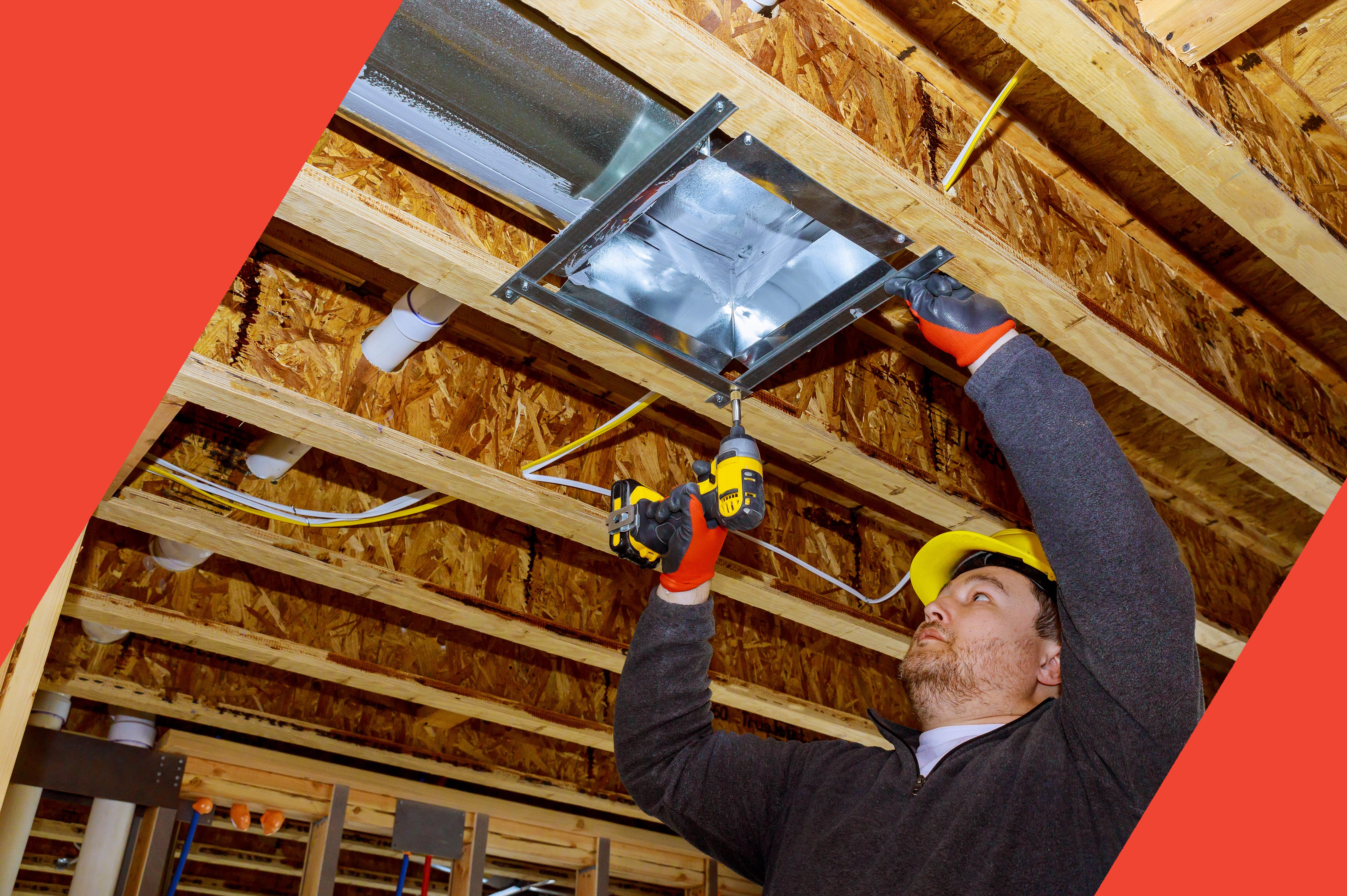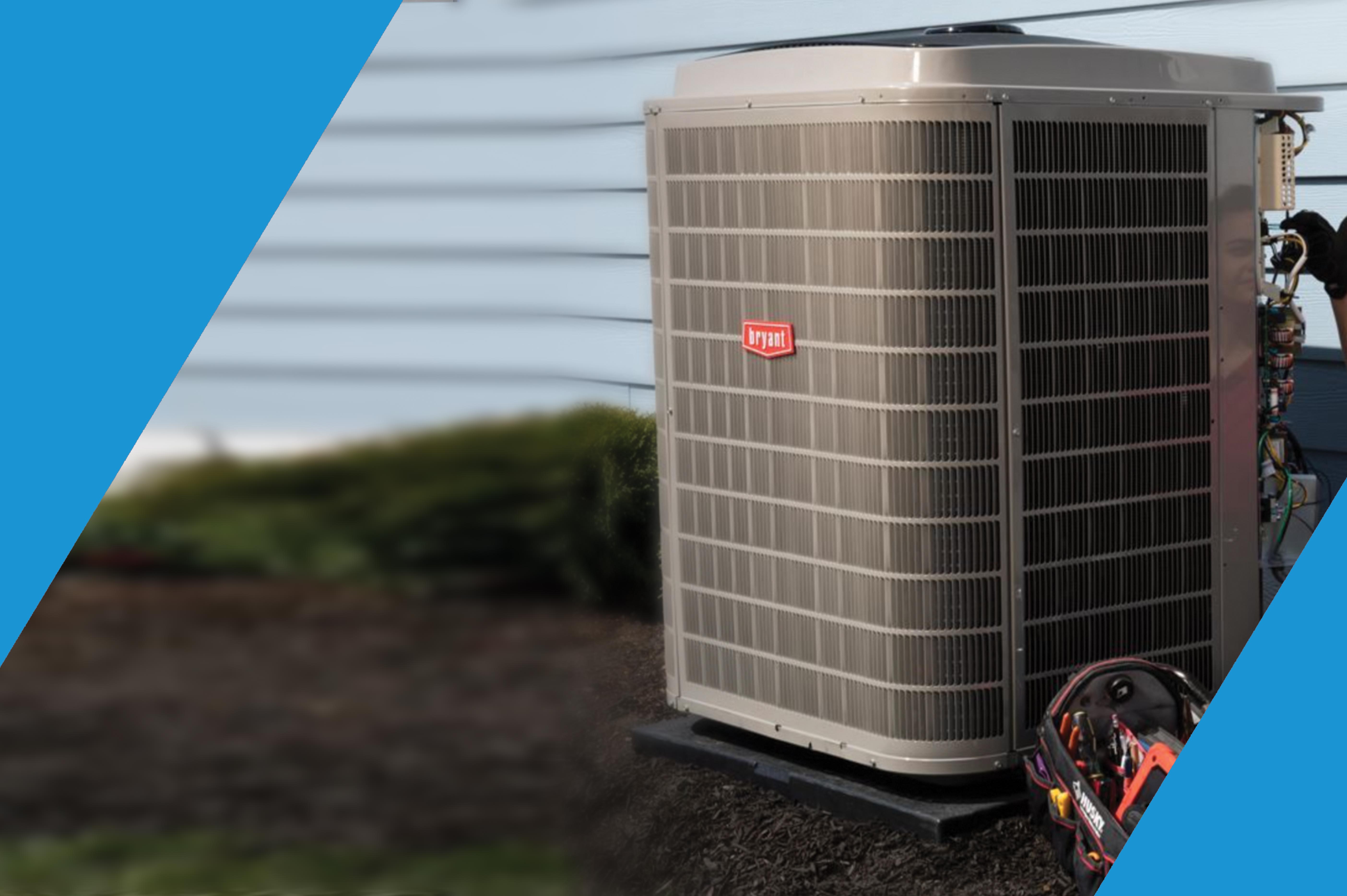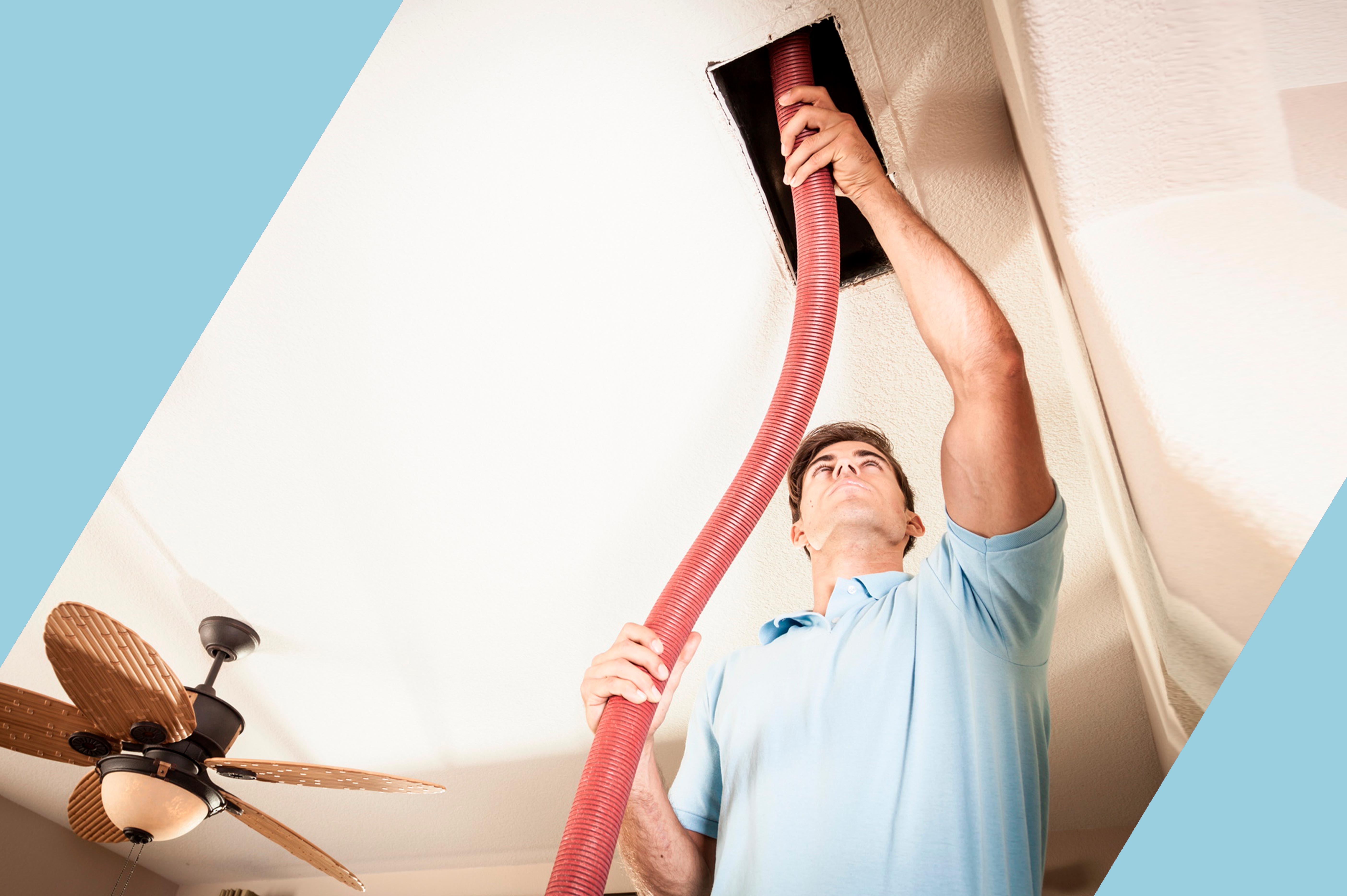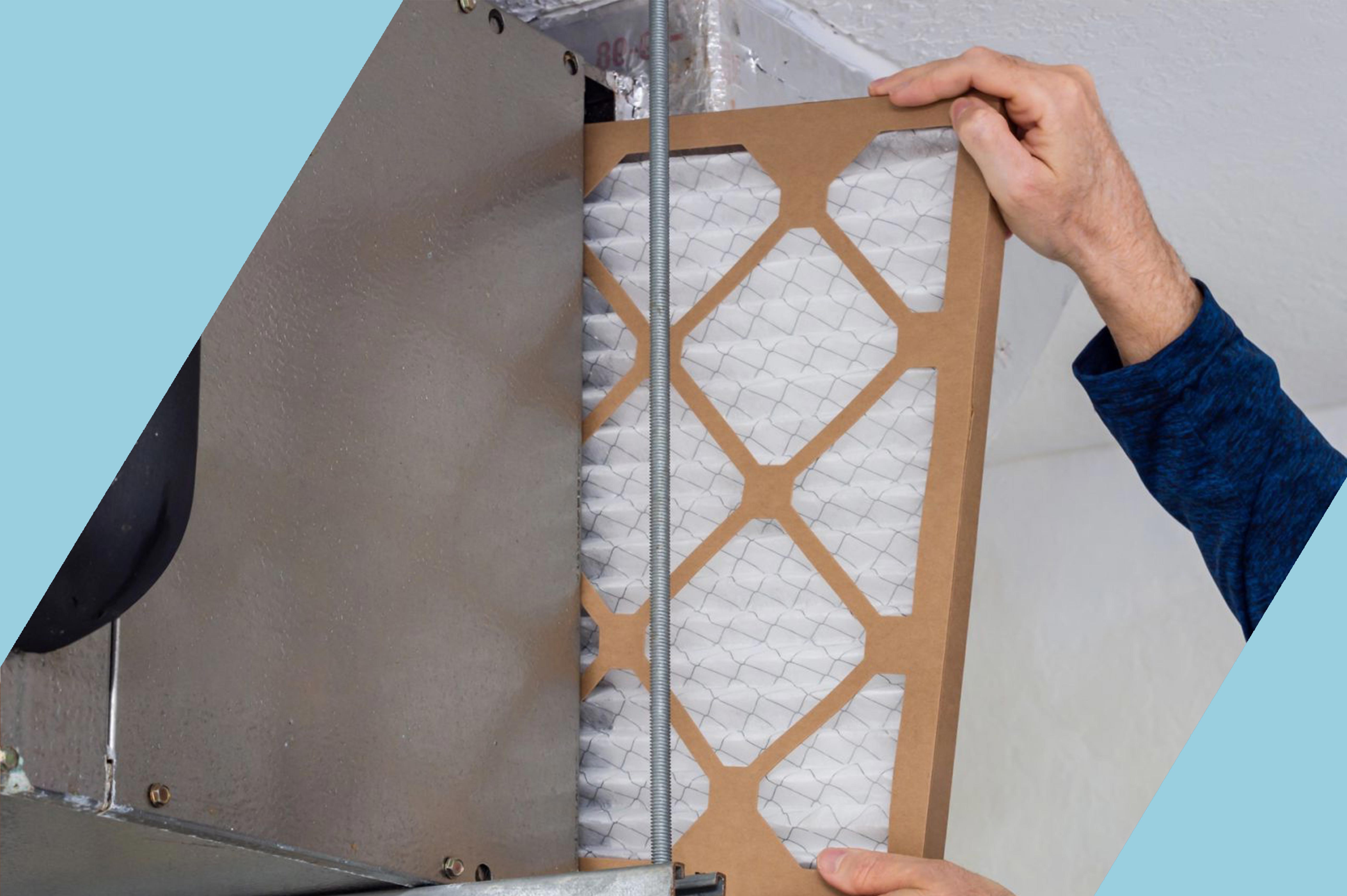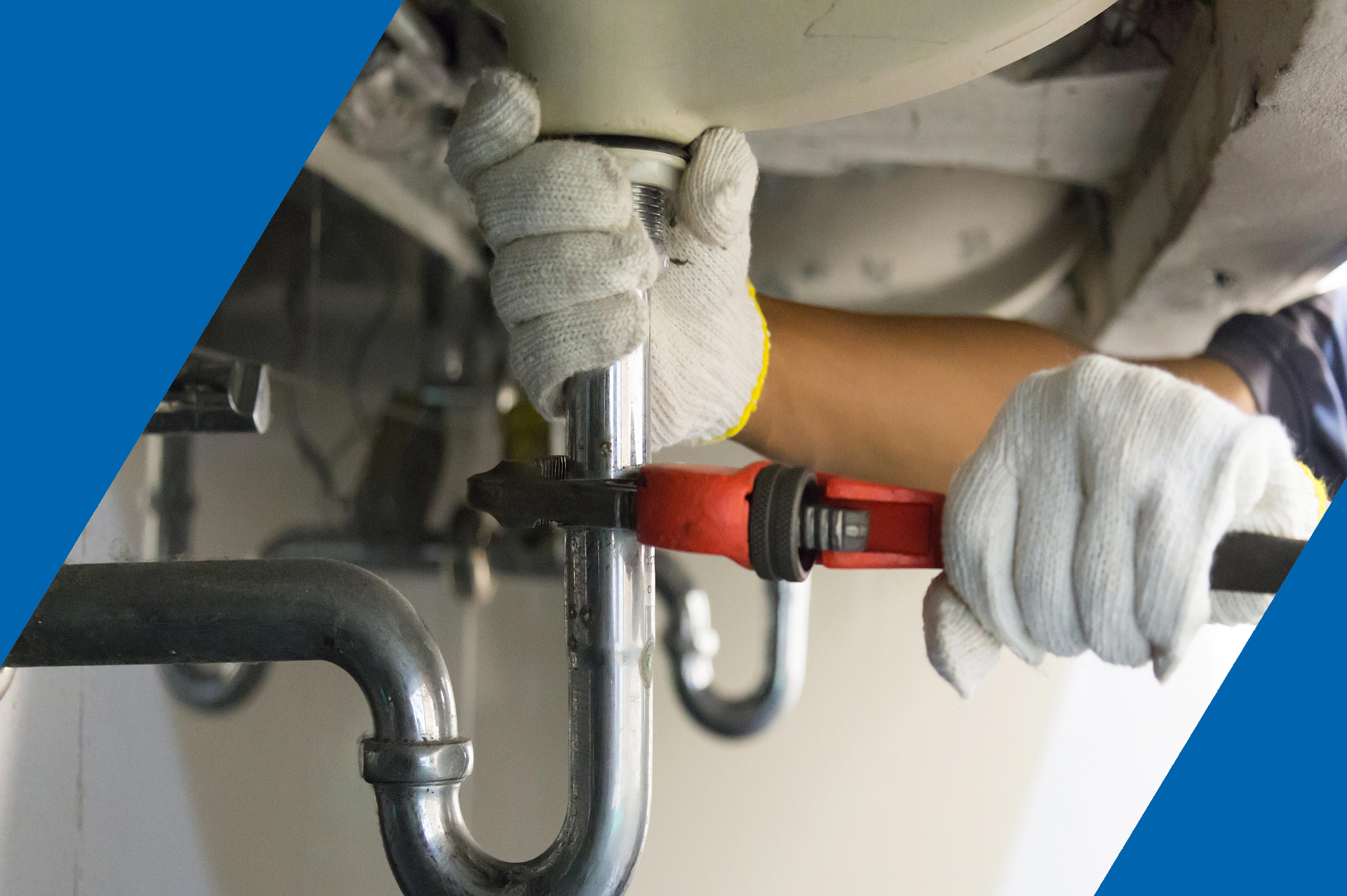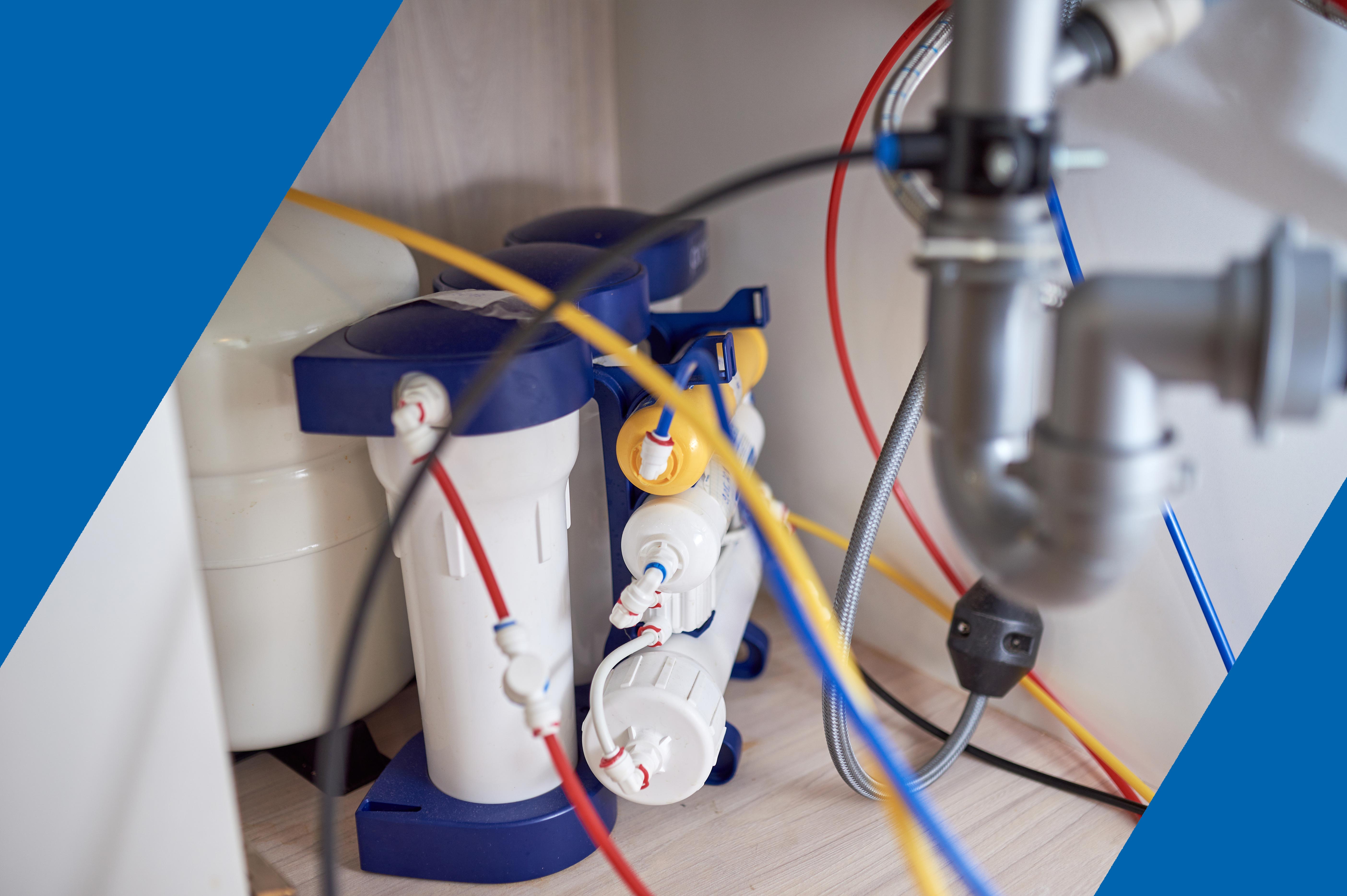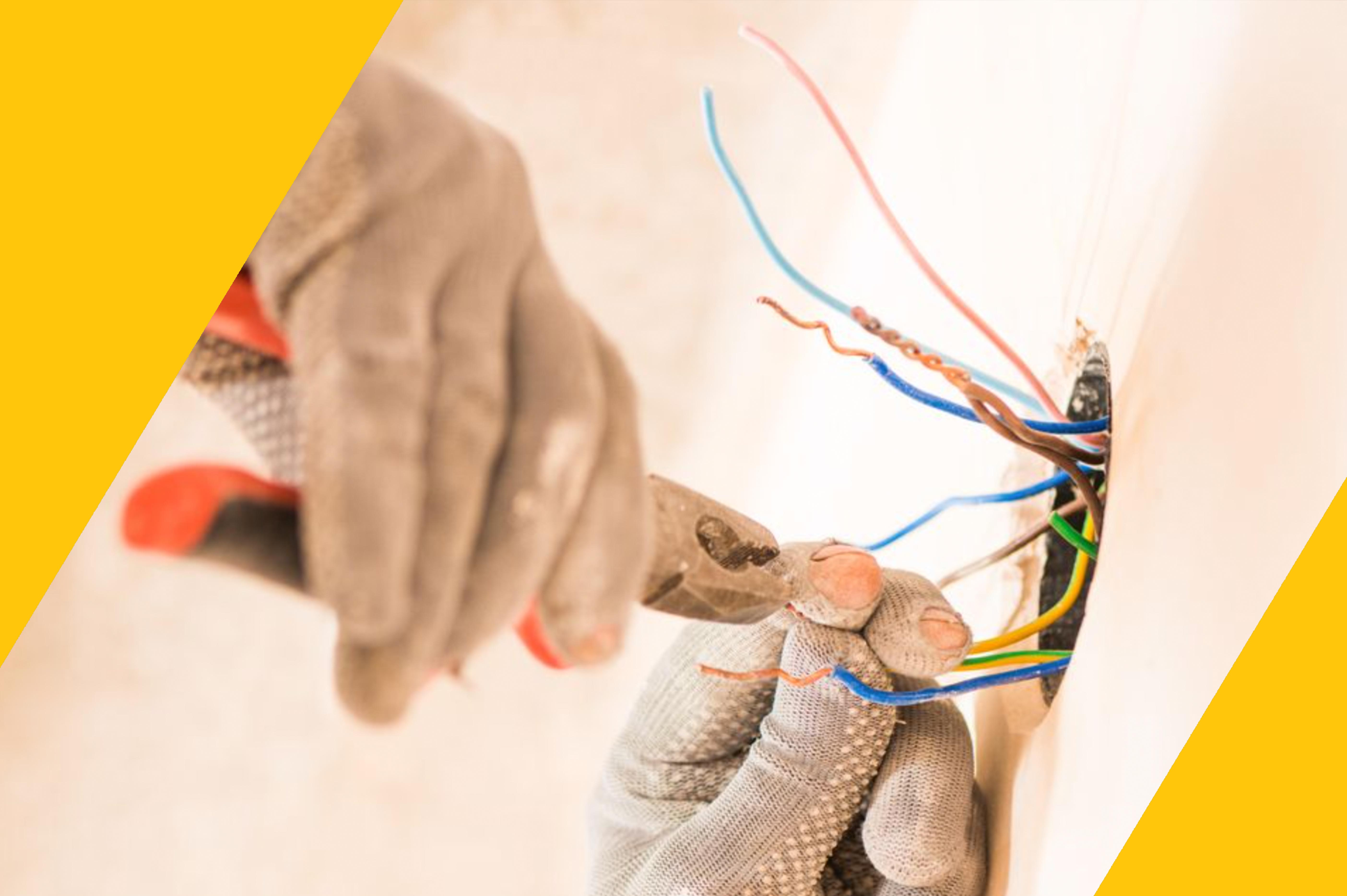
 While you may not know it by looking at the name, a heat pump is, by design, a refrigeration system. As you know, refrigeration is used to keep spaces cool, so it may seem odd to use refrigeration as part of the heating process. And yet, a heat pump continues to use refrigerant to operate well into the heating season. There are no burners lighting up to keep you warm—just the same components as are in a conventional air conditioner and a few extra.
While you may not know it by looking at the name, a heat pump is, by design, a refrigeration system. As you know, refrigeration is used to keep spaces cool, so it may seem odd to use refrigeration as part of the heating process. And yet, a heat pump continues to use refrigerant to operate well into the heating season. There are no burners lighting up to keep you warm—just the same components as are in a conventional air conditioner and a few extra.
Contact a local technician to find out whether a heat pump is the right choice for your home, or read on for a primer on heat pump operations and the basics of why people choose a heat pump in Minnesota homes.
The Reversing Valve
A reversing valve is a component that reverses the flow of refrigerant. Normally, refrigerant runs in one direction (although it does so cyclically over and over again). Refrigerant is a chemical blend that can easily absorb and release heat under the right temperature and pressure.
When it goes through an indoor coil, it evaporates, absorbing heat from the air moving over the coil. As it moves outdoors, refrigerant condenses, allowing it to release heat.
The reversing valve changes the direction of refrigerant so it can absorb heat from the air outdoors and move it inside.
There’s plenty of heat in the air outside, even when temperatures are approaching freezing. The reversing valve—along with a few other valves—activates when you switch the thermostat from cooling to heating mode and vice versa.
Additional Components
The reversing valve is not the only valve that allows refrigerant to change direction. There are additional valves within the system to redirect refrigerant, along with these components that help to protect system performance. Let’s look at a couple.
- Because refrigerant reverses direction, it could flood the compressor and cause damage. The suction line withholds refrigerant from the compressor to prevent this.
- Sometimes, the indoor evaporator coil of an air conditioner freezes due to a lack of warm airflow or refrigerant. This becomes even more likely when refrigerant evaporates outside in a heat pump. Defrost control within an air conditioner helps to prevent this.
Why Use This Method?
A conventional air conditioner paired with a furnace is certainly an option for your home cooling and heating setup, and your home may already use this system. However, if you’re using an electric furnace for heating, you are spending way more than you have to.
Generating heat is a more energy-intensive process than moving heat, and a heat pump could cut your energy use by a third!
Even if you currently use a gas furnace, a heat pump can be effective in mild weather. As it starts to get cold enough that a heat pump is no longer effective or efficient, electric heating elements within the system can kick in, or many heat pumps can be connected to a gas furnace to switch over as needed automatically.
Air Mechanical, Inc. installs and services heat pumps in Andover, MN. Contact our team today!

